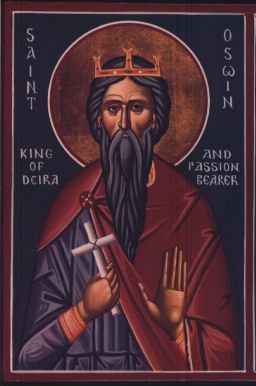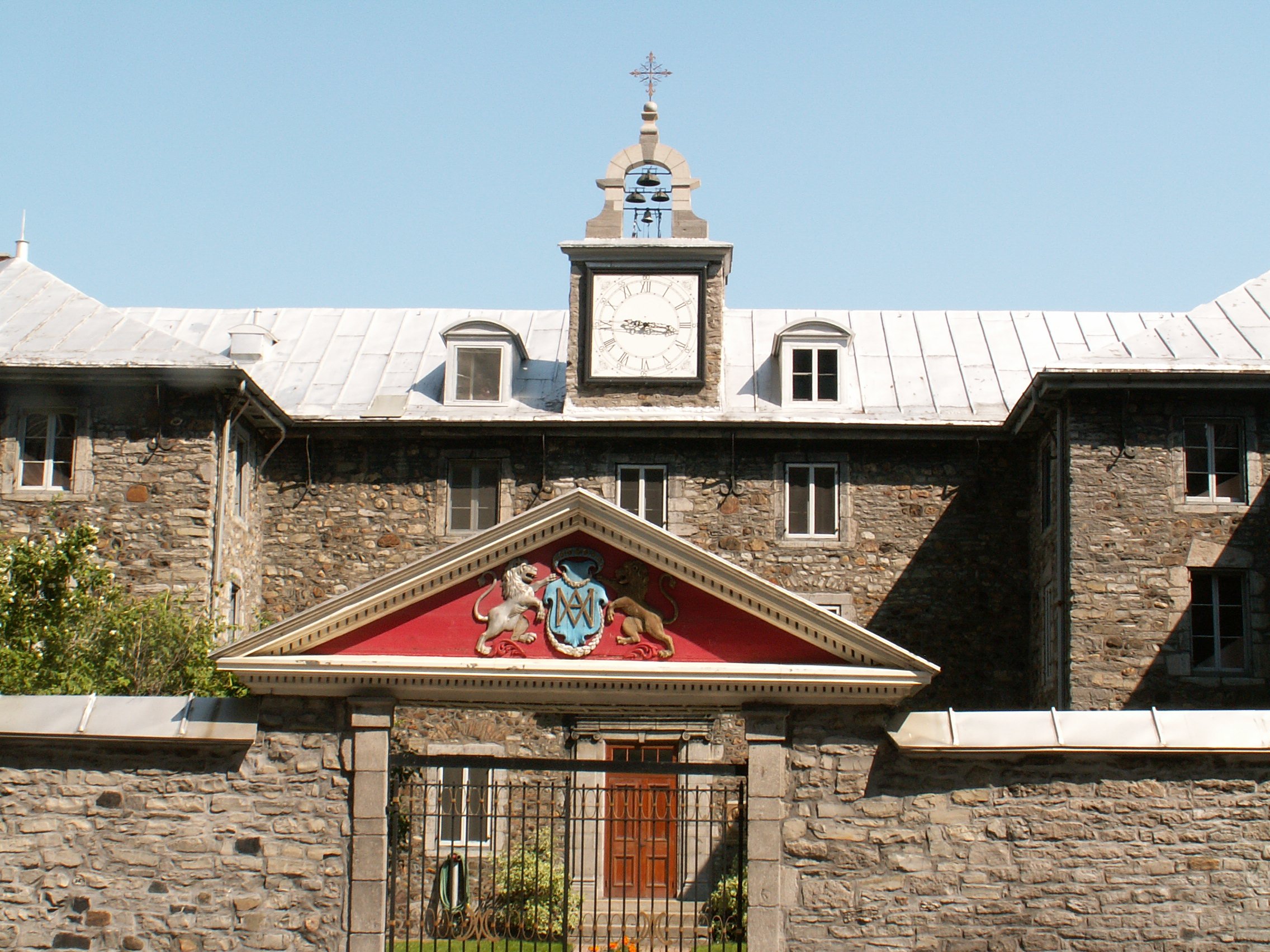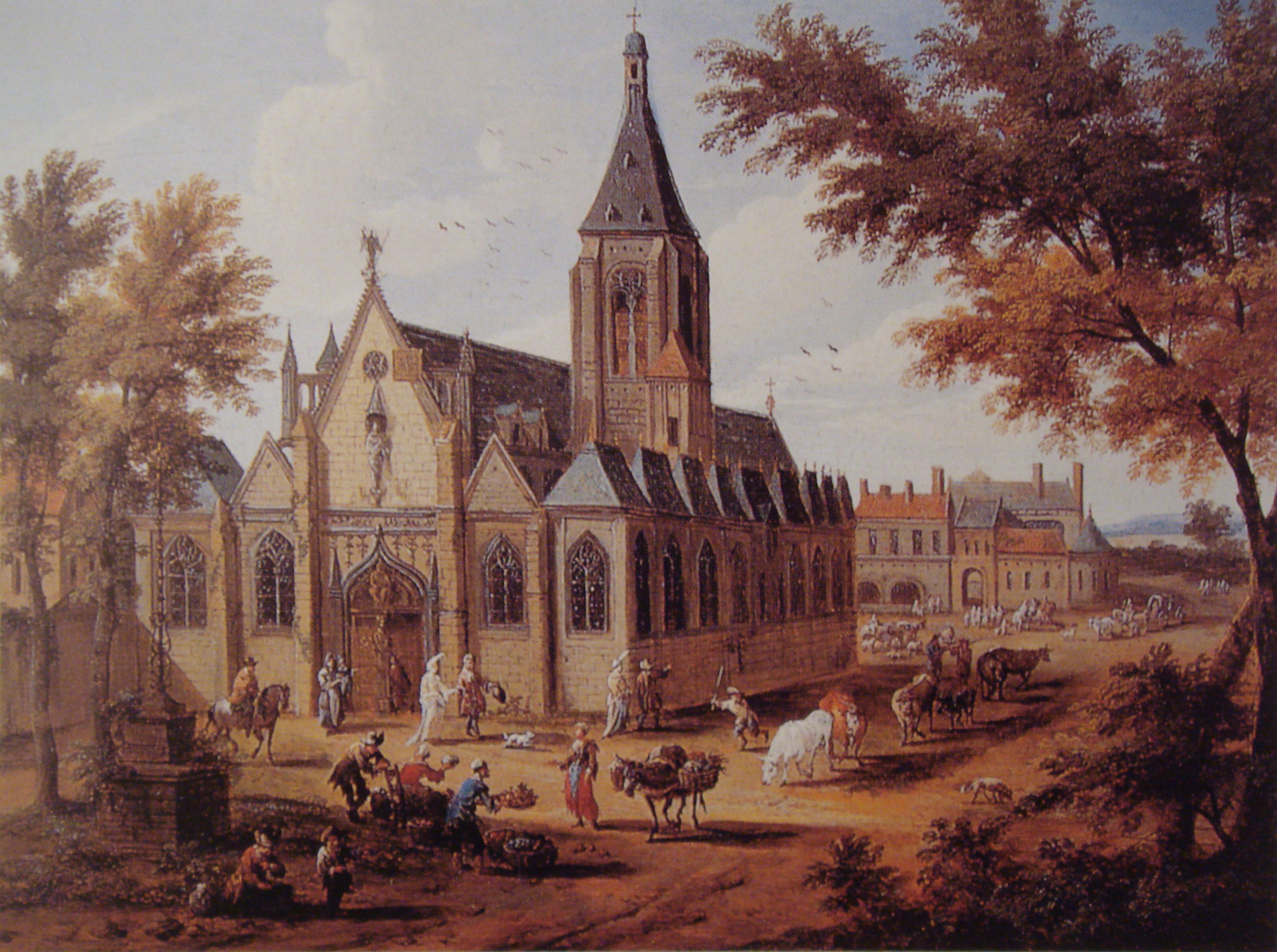|
Saint Sulpitius
Sulpitius (or Sulpicius) the Pious (; died 17 January 644) was a 7th-century bishop of Bourges and saint. Life According to his ''Vita'', Sulpitius was born at Vatan (Diocese of Bourges), of noble parents, before the end of the sixth century. From his youth he devoted himself to good works and to the study of Scripture, and donated his large patrimony to the Church and the poor. Austregisilus, Bishop of Bourges, ordained him cleric of his church, then deacon, and finally made him director of his episcopal school. Clotaire II (King of the Franks from 613 to 629), who had heard of his merits, summoned him and made him almoner and chaplain of his armies. Upon the death of Bishop Austregisilus (c. 624) Sulpicious was recalled to Bourges to succeed him. Thenceforth he labored with much zeal and success to re-establish ecclesiastical discipline, for the relief of the poor. In 626 Sulpitius attended the Council of Clichy and held several others with the bishops of his province. S ... [...More Info...] [...Related Items...] OR: [Wikipedia] [Google] [Baidu] |
Saint
In religious belief, a saint is a person who is recognized as having an exceptional degree of Q-D-Š, holiness, likeness, or closeness to God. However, the use of the term ''saint'' depends on the context and Christian denomination, denomination. In Catholic Church, Catholic, Eastern Orthodox Church, Eastern Orthodox, Anglican Communion, Anglican, Oriental Orthodox, and Lutheranism, Lutheran doctrine, all of their faithful deceased in Heaven are considered to be saints, but some are considered worthy of greater honor or emulation. Official ecclesiastical recognition, and consequently a public cult of veneration, is conferred on some denominational saints through the process of canonization in the Catholic Church or glorification in the Eastern Orthodox Church after their approval. While the English word ''saint'' originated in Christianity, History of religion, historians of religion tend to use the appellation "in a more general way to refer to the state of special holiness t ... [...More Info...] [...Related Items...] OR: [Wikipedia] [Google] [Baidu] |
Palatium
The Palatine Hill (; la, Collis Palatium or Mons Palatinus; it, Palatino ), which relative to the seven hills of Rome is the centremost, is one of the most ancient parts of the city and has been called "the first nucleus of the Roman Empire." The site is now mainly a large open-air museum while the Palatine Museum houses many finds from the excavations here and from other ancient Italian sites. Imperial palaces were built there, starting with Augustus. Before imperial times the hill was mostly occupied by the houses of the rich. The hill originally had two summits separated by a depression; the highest part was called Palatium and the other Germalus (or Cermalus). Using the Forma Urbis its perimeter enclosed ; while the Regionary Catalogues of the 4th century enclose . Etymology According to Livy (59 BC – AD 17) the Palatine hill got its name from the Arcadian settlers from Pallantium, named from its founder Pallas, son of Lycaon. More likely, it is derived from th ... [...More Info...] [...Related Items...] OR: [Wikipedia] [Google] [Baidu] |
Bishops Of Bourges
A bishop is an ordained clergy member who is entrusted with a position of authority and oversight in a religious institution. In Christianity, bishops are normally responsible for the governance of dioceses. The role or office of bishop is called episcopacy. Organizationally, several Christian denominations utilize ecclesiastical structures that call for the position of bishops, while other denominations have dispensed with this office, seeing it as a symbol of power. Bishops have also exercised political authority. Traditionally, bishops claim apostolic succession, a direct historical lineage dating back to the original Twelve Apostles or Saint Paul. The bishops are by doctrine understood as those who possess the full priesthood given by Jesus Christ, and therefore may ordain other clergy, including other bishops. A person ordained as a deacon, priest (i.e. presbyter), and then bishop is understood to hold the fullness of the ministerial priesthood, given responsibility b ... [...More Info...] [...Related Items...] OR: [Wikipedia] [Google] [Baidu] |
7th-century Frankish Bishops
The 7th century is the period from 601 (Roman numerals, DCI) through 700 (Roman numerals, DCC) in accordance with the Julian calendar in the Common Era. The spread of Islam and the Muslim conquests began with the unification of Arabia by Muhammad starting in 622. After Muhammad's death in 632, Islam expanded beyond the Arabian Peninsula under the Rashidun Caliphate (632–661) and the Umayyad Caliphate (661–750). The Muslim conquest of Persia in the 7th century led to the downfall of the Sasanian Empire. Also conquered during the 7th century were Muslim conquest of Syria, Syria, Palestine (region), Palestine, Muslim conquest of Armenia, Armenia, Muslim conquest of Egypt, Egypt, and Muslim conquest of the Maghreb, North Africa. The Byzantine Empire suffered setbacks during the rapid expansion of the Caliphate, a mass incursion of Slavs in the Balkans which reduced its territorial limits. The decisive victory at the Siege of Constantinople (674–678), Siege of Constantinople in ... [...More Info...] [...Related Items...] OR: [Wikipedia] [Google] [Baidu] |
644 Deaths
__NOTOC__ Year 644 ( DCXLIV) was a leap year starting on Thursday (link will display the full calendar) of the Julian calendar. The denomination 644 for this year has been used since the early medieval period, when the Anno Domini calendar era became the prevalent method in Europe for naming years. Events By place Asia * Emperor Taizong of the Tang Dynasty sends a Chinese expeditionary force, to invade and annex the Tarim Basin kingdom of Karasahr in Xinjiang, a vassal of the Western Turkic Khaganate. The oasis state is conquered, and Western Turks sent to assist Karasahr are defeated by the Tang forces. * Zenkoji, a Buddhist temple and landmark spot in Nagano, Japan, officially built by Empress Kogyoku. Britain * Oswine, son of the late king Osric of Deira, manages to establish himself as king of Deira (Northern England) despite armed objections from King Oswiu of Bernicia. His succession, probably the choice of the people of Deira, splits the Kingdom of North ... [...More Info...] [...Related Items...] OR: [Wikipedia] [Google] [Baidu] |
6th-century Births
The 6th century is the period from 501 through 600 in line with the Julian calendar. In the West, the century marks the end of Classical Antiquity and the beginning of the Middle Ages. The collapse of the Western Roman Empire late in the previous century left Europe fractured into many small Germanic kingdoms competing fiercely for land and wealth. From the upheaval the Franks rose to prominence and carved out a sizeable domain covering much of modern France and Germany. Meanwhile, the surviving Eastern Roman Empire began to expand under Emperor Justinian, who recaptured North Africa from the Vandals and attempted fully to recover Italy as well, in the hope of reinstating Roman control over the lands once ruled by the Western Roman Empire. In its second Golden Age, the Sassanid Empire reached the peak of its power under Khosrau I in the 6th century.Roberts, J: "History of the World.". Penguin, 1994. The classical Gupta Empire of Northern India, largely overrun by the Huna, ended i ... [...More Info...] [...Related Items...] OR: [Wikipedia] [Google] [Baidu] |
Eustadiola
Eustadiola (594–684) was a saint, widow, and abbess. She was born to wealthy and politically powerful parents in Bourges, Bourges, France. She married due to pressure from her family, but became a widow at a young age, which gave her the financial and social independence to live what ''Sainted Women of the Dark Ages'' centuries later called a "semiretired religious life".McNamara ''et al.,'' p. 106 She gave away her wealth to the poor, founded churches, monasteries, and convents, and used her wealth and influence to expand and decorate the buildings. Eustadiola was abbess of the convent she founded in Bourges, and lived as an ascetic for 70 years. Many miracles and healings were attributed to her. Her feast day is celebrated on 8 June. Life Eustadiola was born in 594 to the Roman Senate, senatorial nobility, to wealthy and politically powerful parents,McNamara ''et al.'', p. 107 in Bourges, Bourges, France. She received an education and "became wise in religious ways" at a you ... [...More Info...] [...Related Items...] OR: [Wikipedia] [Google] [Baidu] |
Society Of Saint-Sulpice
The Society of Priests of Saint-Sulpice (french: Compagnie des Prêtres de Saint-Sulpice), abbreviated PSS also known as the Sulpicians is a society of apostolic life of Pontifical Right for men, named after the Church of Saint-Sulpice, Paris, where it was founded. The members of the Society add the nominal letters PSS after their names to indicate membership in the Congregation. Typically, priests become members of the Society of the Priests of St. Sulpice only after ordination and some years of pastoral work. The purpose of the society is mainly the education of priests and to some extent parish work. As their main role is the education of those preparing to become priests, Sulpicians place great emphasis on the academic and spiritual formation of their own members, who commit themselves to undergoing lifelong development in these areas. The Society is divided into three provinces, operating in various countries: the Province of France, Canada, and the United States. In Franc ... [...More Info...] [...Related Items...] OR: [Wikipedia] [Google] [Baidu] |
Paris
Paris () is the capital and most populous city of France, with an estimated population of 2,165,423 residents in 2019 in an area of more than 105 km² (41 sq mi), making it the 30th most densely populated city in the world in 2020. Since the 17th century, Paris has been one of the world's major centres of finance, diplomacy, commerce, fashion, gastronomy, and science. For its leading role in the arts and sciences, as well as its very early system of street lighting, in the 19th century it became known as "the City of Light". Like London, prior to the Second World War, it was also sometimes called the capital of the world. The City of Paris is the centre of the Île-de-France region, or Paris Region, with an estimated population of 12,262,544 in 2019, or about 19% of the population of France, making the region France's primate city. The Paris Region had a GDP of €739 billion ($743 billion) in 2019, which is the highest in Europe. According to the Economist Intelli ... [...More Info...] [...Related Items...] OR: [Wikipedia] [Google] [Baidu] |
Saint-Sulpice (Paris)
, image = Paris Saint-Sulpice Fassade 4-5 A.jpg , image_size = , pushpin map = Paris , pushpin label position = , coordinates = , location = Place Saint-Sulpice 6th arrondissement, Paris , country = France , denomination = Roman Catholic , religious institute = Society of the Priests of Saint Sulpice , website = , bull date = , founded date = , founder = , dedication = Sulpitius the Pious , dedicated date = , consecrated date = , relics = , status = Parish church , functional status = Active , heritage designation = , architect = , style = Baroque , years built = , groundbreaking = 1646 , completed date = 1870 , capacity = , length = , width ... [...More Info...] [...Related Items...] OR: [Wikipedia] [Google] [Baidu] |
Basilica
In Ancient Roman architecture, a basilica is a large public building with multiple functions, typically built alongside the town's forum. The basilica was in the Latin West equivalent to a stoa in the Greek East. The building gave its name to the architectural form of the basilica. Originally, a basilica was an ancient Roman public building, where courts were held, as well as serving other official and public functions. Basilicas are typically rectangular buildings with a central nave flanked by two or more longitudinal aisles, with the roof at two levels, being higher in the centre over the nave to admit a clerestory and lower over the side-aisles. An apse at one end, or less frequently at both ends or on the side, usually contained the raised tribunal occupied by the Roman magistrates. The basilica was centrally located in every Roman town, usually adjacent to the forum and often opposite a temple in imperial-era forums. Basilicas were also built in private residences an ... [...More Info...] [...Related Items...] OR: [Wikipedia] [Google] [Baidu] |
Hieronymian Martyrology
The ''Martyrologium Hieronymianum'' (meaning "martyrology of Jerome") or ''Martyrologium sancti Hieronymi'' (meaning "martyrology of Saint Jerome") is an ancient martyrology or list of Christian martyrs in calendar order, one of the most used and influential of the Middle Ages. It is the oldest surviving general or "universal" martyrology, and the precursor of all later Western martyrologies. Pseudo-Jerome, Pseudepigraphically attributed to Saint Jerome, the ''Martyrologium Hieronymianum'' contains a reference to him derived from the opening chapter of his ''Life of Malchus'' (392 AD) where Jerome states his intention to write a history of the saints and martyrs from the apostolic times: "I decided to write [a history, mentioned earlier] from the coming of the savior up to our age, that is, from the apostles, up to the dregs of our time". Date and textual history The ''Martyrologium Hieronymianum'' appears to have drawn for its material on the existing calendar of Rome, on ... [...More Info...] [...Related Items...] OR: [Wikipedia] [Google] [Baidu] |










